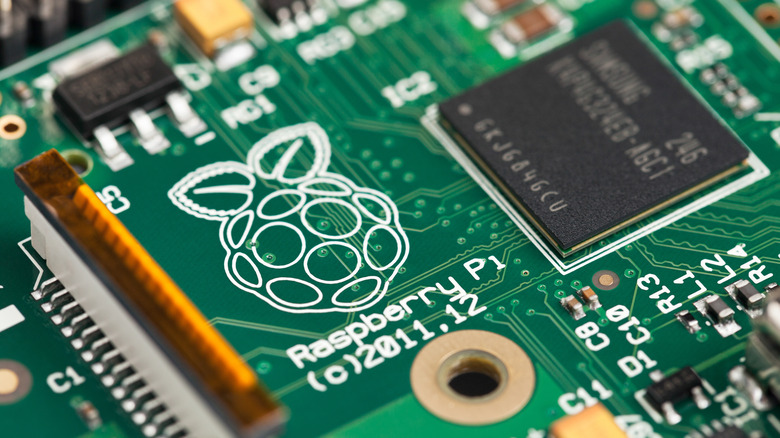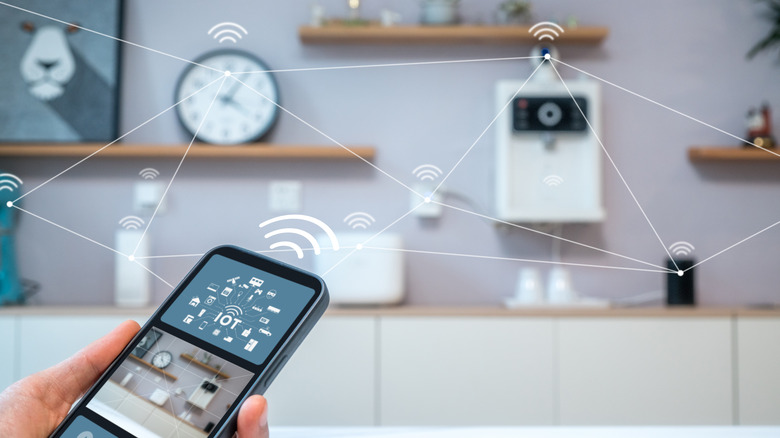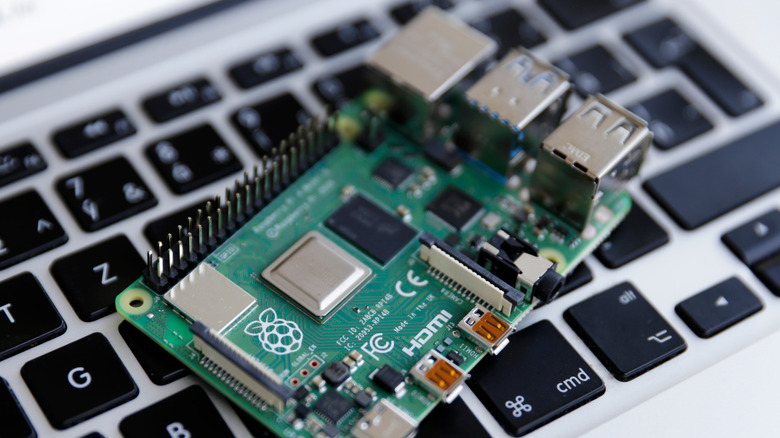This Program Will Turn Your Raspberry Pi Into A Smart Home Assistant
These days, it seems like everything, even your usual everyday-use objects such as refrigerators and plugs, can be enhanced with smart home technology. Many grueling day-to-day tasks that used to take up so much time can now be automated without a second thought.
A smart home is one of the best examples of this because these systems allow you to control your home and its everyday appliances remotely. With a smart home, you can automate devices like your lights, thermostats, and blinds to work whenever they are needed without ever lifting a finger.
Most smart home devices require connecting to a cloud server before use, which may cause privacy concerns since they store data about your smart devices' activity. However, what if you could use your smart home devices without cloud services? It turns out this is possible with the help of a free-to-use piece of software that can be installed on a Raspberry Pi.
What is Home Assistant?
Home Assistant is a completely free piece of open-source software that can be used for smart homes and automation. It allows you to control your smart home devices by connecting them to a local network, leaving no requirement for a cloud server or an internet connection which protects your privacy and ensures reliability.
In addition to its local control, Home Assistant has many other features that make it a good smart home solution. One such feature is its Home Energy Management, which allows you to track your energy usage and stay on top of your energy costs — and maybe even cut them down. If your home is powered by the grid and an alternative energy source such as solar panels, Home Assistant can also help you maximize your use. For instance, if your solar panels generate excess energy, you can save that for the future using tools included in the software.
Another perk of this home automation software is that it supports integrations with more than 1,000 unique smart home devices, which are easily identified and set up once connected to the network. The software's Home Assistant tags take home automation to new heights, with the feature allowing you to do stuff like opening doors, playing music or TV shows, controlling lights, and lots more by simply just scanning the tags.
Use a Raspberry Pi to set up Home Assistant
The Home Assistant OS can be set up and used on pretty much any computer you own. However, there is a much more convenient option than sticking with a regular laptop — you can instead install it on a Raspberry Pi. After all, these tiny, cheap computers can run Linux and be used with a standard computer monitor, a mouse, and a keyboard.
This helpful device can not only be used as a normal computer, but it can also be used as a means of trying out the Internet of Things. Raspberry Pis come with a set of general-purpose input and output pins that can be used to connect and control electronic components for physical computing or using computers to interact with real-world objects.
The Raspberry Pi's low cost and low power consumption make it a much better alternative to other computers when using them as a smart home assistant. You will need a few items before you get started on setting up your smart home with a Raspberry Pi, including a Raspberry Pi 4 or 3 with at least 2GB RAM, a Micro SD Card with a memory of at least 32GB, and an ethernet cable.
Once you have those components, it is as simple as following the instructions on the Home Assistant website to turn your Raspberry Pi into a smart home workstation.


